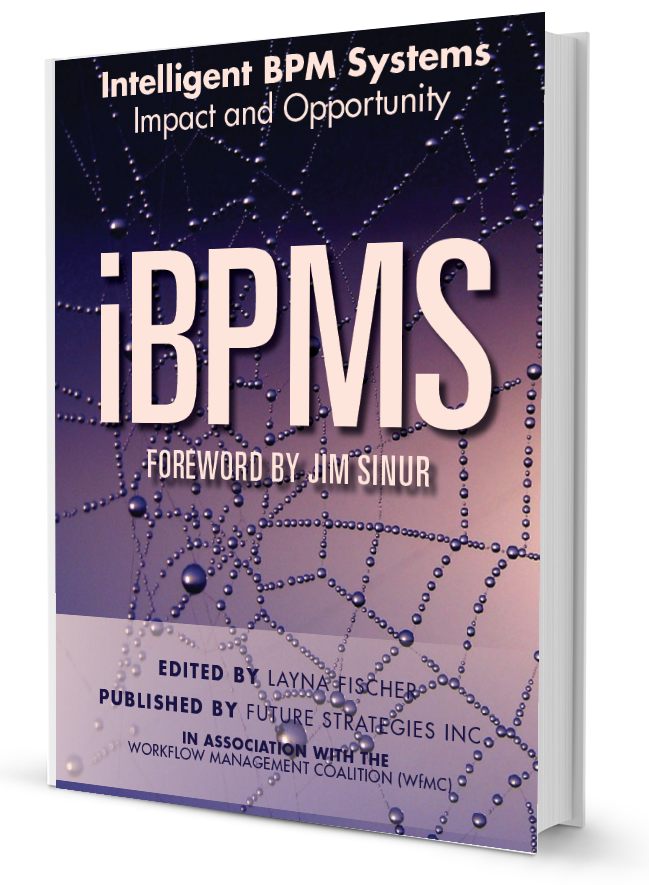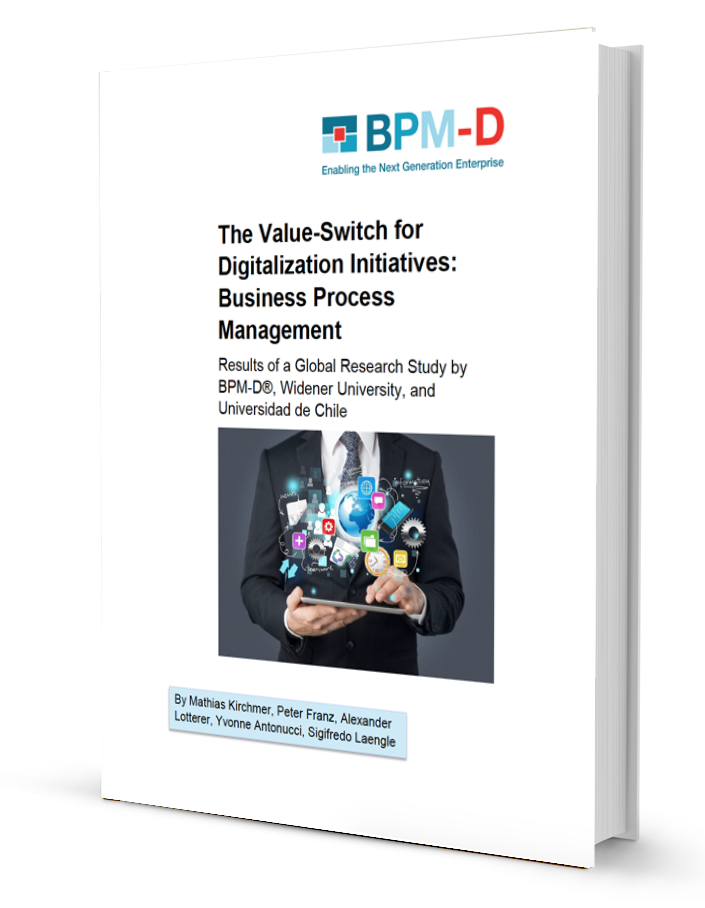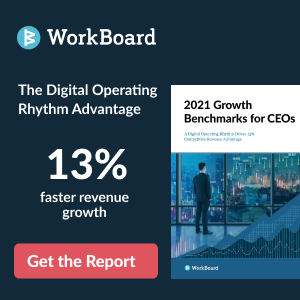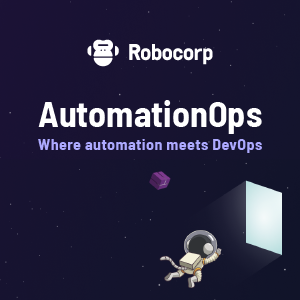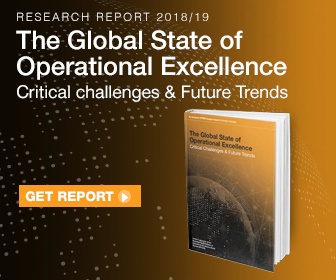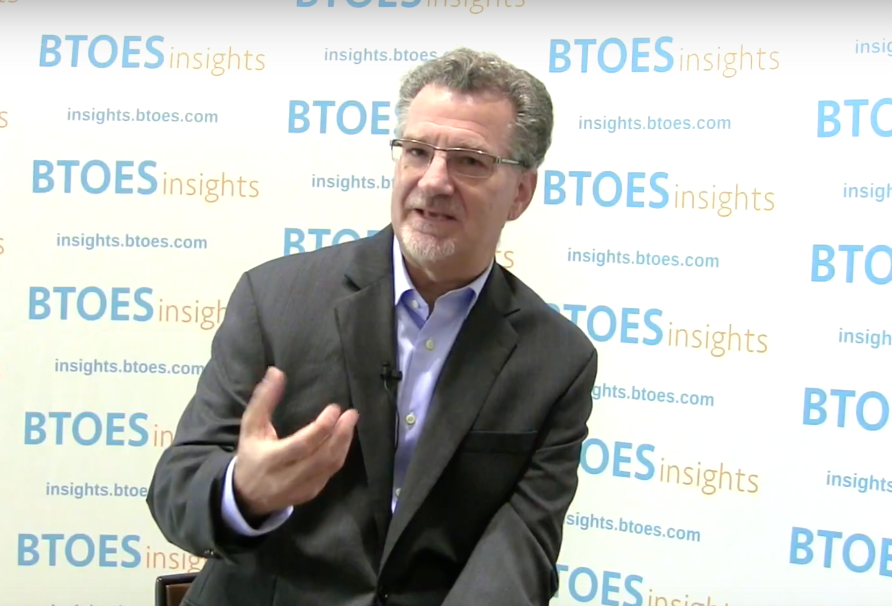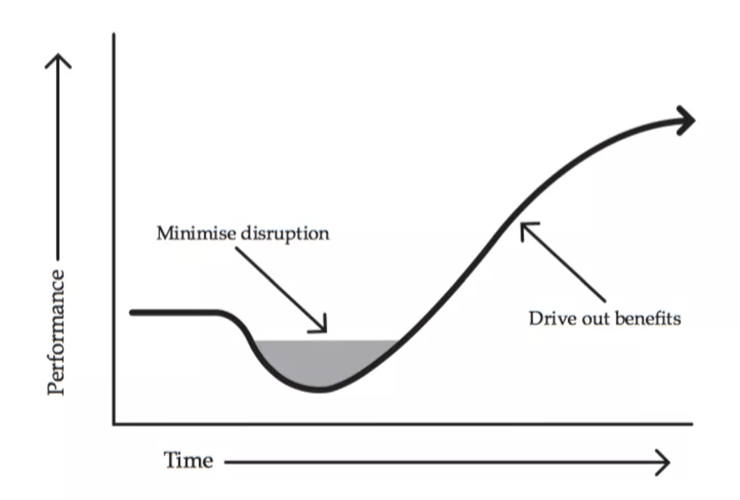 For many, change is frightening, threatening and therefore it is resisted at all costs. It is that old pain versus pleasure thing. People act to eliminate pain and bring pleasure. Therefore you need to make the new world look more pleasurable than the perceived pain of change. Or you need to make the pain of not changing greater than the pain of the change itself. Either way, make change the path of least resistance.
For many, change is frightening, threatening and therefore it is resisted at all costs. It is that old pain versus pleasure thing. People act to eliminate pain and bring pleasure. Therefore you need to make the new world look more pleasurable than the perceived pain of change. Or you need to make the pain of not changing greater than the pain of the change itself. Either way, make change the path of least resistance.
With the current wave of disruption hitting every industry sector, the ability to define the business change required and take the entire organisation with you is a critical skill that every company needs to master. Not once, but repeatably.
The change curve
Performance will first drop when a change is adopted. Over time the performance level will rise, and (should) continue to be greater than the previous state. The aim is to reduce the drop in performance and minimise the time to get back above the earlier performance level.
Underpinning any successful change activity is clear communication of what needs to be done, why it is better, how people will be helped through the change and what the new performance measures are.
A study of financial services firms revealed that companies get as little as 20% of the promised pay-off after having completed 80% of the work (of the initiative). The remaining 80% of the benefits comes from dealing with people issues..
What is Change Management?
Why change fails
Let’s see why change management fails, based on an Accenture survey from senior executives in 14 industries. The survey found that the reasons why a major change initiative was substantially delayed and/or negated were:
• 64% Lack of buy-in that change is necessary
• 44% Lack of skill or experience with change management
• 44% No senior management champion
• 44% Turf battles
• 36% Lack of congruent reward system
• 31% Inability or unwillingness to downsize
Clearly, people issues are a key part of the problem. The first three reasons highlight that managers don’t want to face up to change or lack the skills or leadership to do it, whereas the bottom three issues seem to point towards deeper concerns in the company culture or HR issues. But they do want the results that the change brings.
Change Management… Why is it so darn hard?
Change Management: Uncover a masterpiece by changing just one thing
Making change stick
The million pound question is: How do you make change successful?
The best way is to see what successful companies do – companies that survive and thrive on radical change. First of all, everyone involved understands that change happens and things need to change. Secondly, there is someone clearly leading the process and the strategy. Everyone buys into the change and understands the critical reasons it needs to happen. The company is actually capable of change (there is the capability and ability to change, learn and innovate over time). And most importantly, it does not happen overnight. There is no such thing as ‘instant change’. Successful change management is stubborn, persistent and consistent.
 Change Management: Revisiting the Threat and Opportunity Matrix
Change Management: Revisiting the Threat and Opportunity Matrix
Change Strategies
By now, you’ve probably realised that change is not one-size-fits-all. Every organisation, based on its culture, maturity and market conditions will need to address change in a different way to ensure that the desired results are achieved. The type of change can be analysed by considering three different factors.
• Speed: How important is speed to accomplishing the objectives of the change effort? Is the pace determined by the markets, the competition or the customers?
• Conformance: How closely must we follow the specific processes or outcome to achieve our goals? Is there regulatory pressure to conform or would it stifle innovation?
• Commitment: How important is it to ensure that everyone in the negotiation understands the need for change and is prepared to do what it takes?
If you then consider the relative importance of each of these three factors together, you identify the most appropriate change strategy, as we have shown in the diagram:
More articles about Change Management:
 Clarion call : Requires that the change is driven by senior management leadership who show a strong commitment to the change. This is because the need and speed for change are not apparent further down the organisation.
Clarion call : Requires that the change is driven by senior management leadership who show a strong commitment to the change. This is because the need and speed for change are not apparent further down the organisation.
Burning platform: Everyone already recognises the need for change. Therefore a clear message about what is required to change is needed. The risk is that the actions from different parts of the organisation (in their panic) are uncoordinated and inconsistent.
Concerted action: This requires delegation of the change so that it can be applied autonomously throughout the organisation. Yet it still requires the changes to fit within the overall business strategy.
Long march: A long-term initiative which has a strong identity and clear sponsorship from the top so that there is continued commitment to the change. No-one loses sight of the end goal. It also requires clear metrics to show that the changes are working.
Each strategy has its own attributes, but all of them require a consistent communication of what is required both down and across the organisation. Clearly the urgency and tone of that communication varies.
Read More: Running a Change Management Program, 'Business As Usual'
Change management approach
What is common in these strategies is the need for every part of the organisation to have a shared understanding of what is required of them. The communication that is required is not an ‘weekly email or blog post from the CEO’. The communication needs to cover who needs to change, what behaviours need to change, what day-to-day activities will be different, what organisational or reporting structures have changed, and what physical changes need to happen. But to be able to get adoption and buy-in to the change, that communication also needs to put into the context of why the change is needed, and the expected results of the change – i.e. why it will be better .
Change is not confined to the lowest levels of the organisation. Often the most resistance to change is in the senior management and middle management levels, which is why a transparent, top-down approach is required.
The key then to adoption and buy-in of any change strategy is involvement and communication consistently around the organisation across disciplines (Finance, Logistics, R&D, Manufacturing, Customer Facing, IT) and at every level (CEO, CFO, Divisional Heads, Department Heads, Managers, Accounts Clerks, Warehousemen, Call-centre staff). This is potentially the most complex information to convey and a common language is required. This common language is about operations (doing things) and therefore about processes. It needs to support the lowest common denominator – the person who is least adept at understanding it (probably the CEO).
View Ian's Profile
More Articles from Ian

.png)
-1.png)












































 For many, change is frightening, threatening and therefore it is resisted at all costs. It is that old pain versus pleasure thing. People act to eliminate pain and bring pleasure. Therefore you need to make the new world look more pleasurable than the perceived pain of change. Or you need to make the pain of not changing greater than the pain of the change itself. Either way, make change the path of least resistance.
For many, change is frightening, threatening and therefore it is resisted at all costs. It is that old pain versus pleasure thing. People act to eliminate pain and bring pleasure. Therefore you need to make the new world look more pleasurable than the perceived pain of change. Or you need to make the pain of not changing greater than the pain of the change itself. Either way, make change the path of least resistance. 
 Clarion call : Requires that the change is driven by senior management leadership who show a strong commitment to the change. This is because the need and speed for change are not apparent further down the organisation.
Clarion call : Requires that the change is driven by senior management leadership who show a strong commitment to the change. This is because the need and speed for change are not apparent further down the organisation.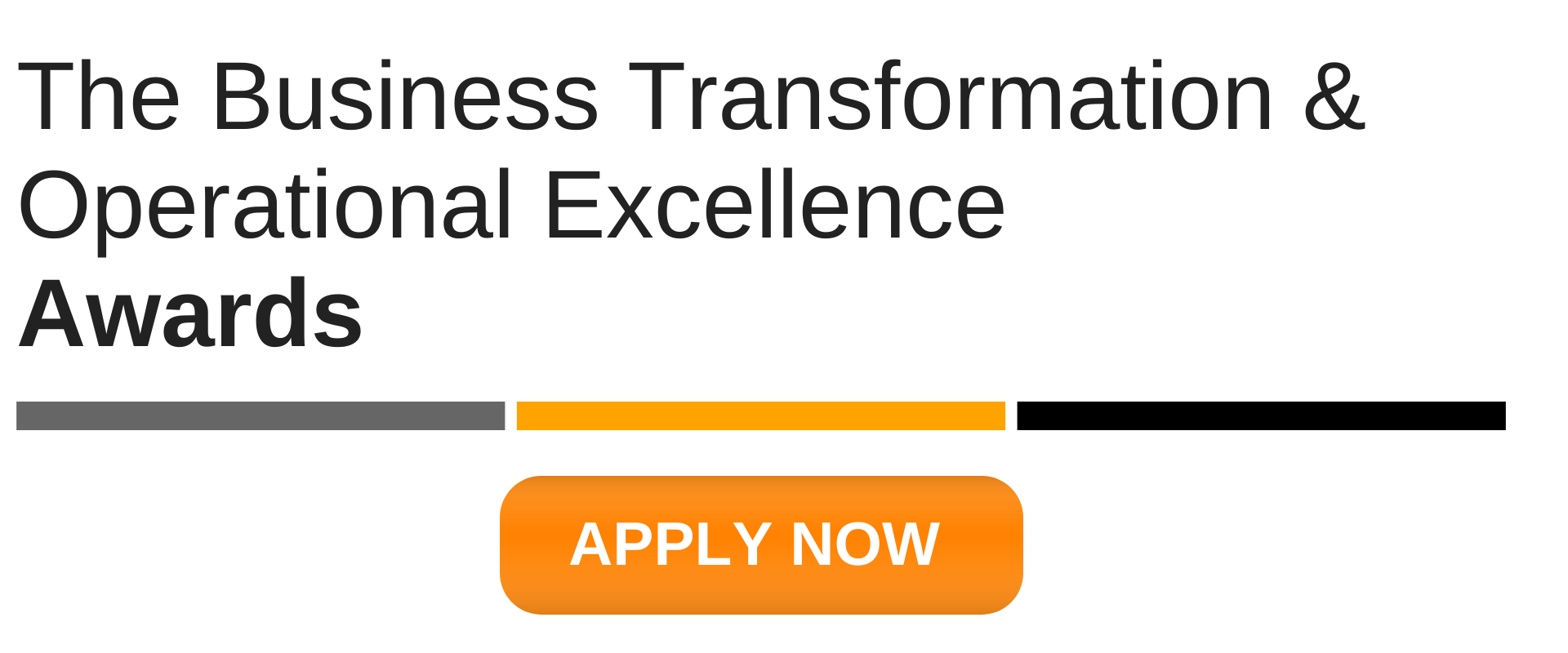

-2.png)
-2.png)
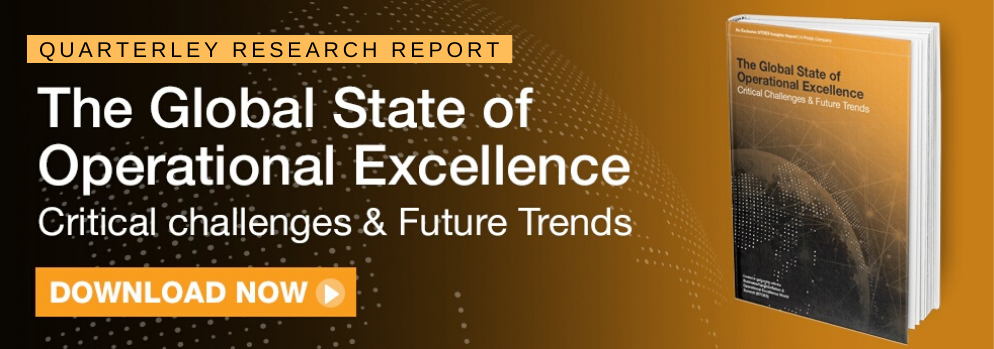




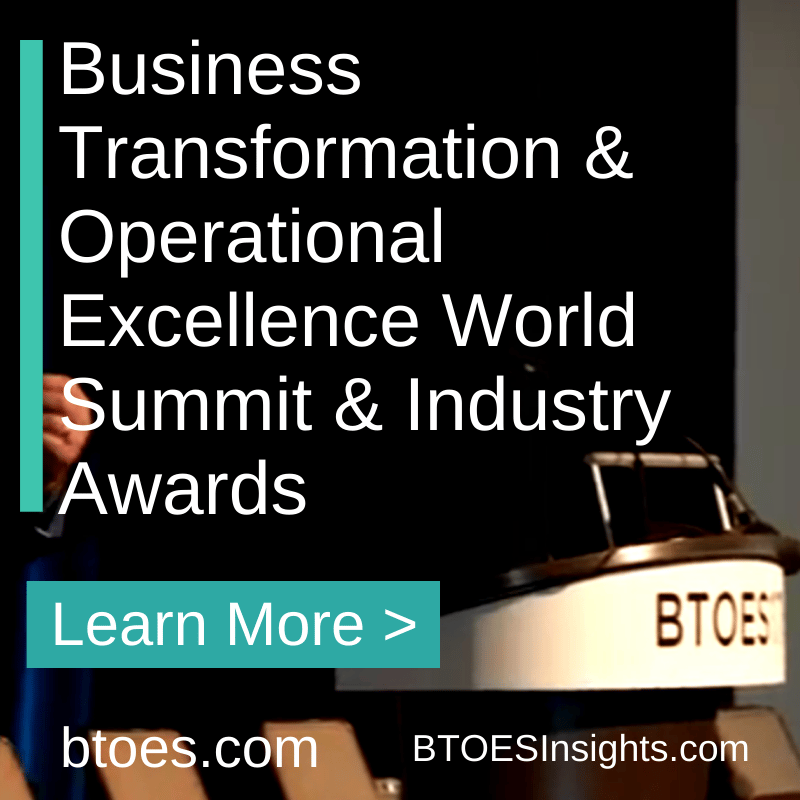

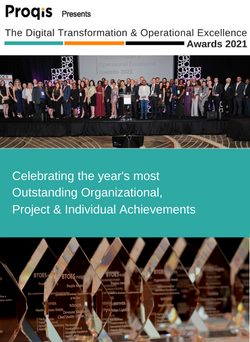


%20(1)%20(1).png?width=1410&name=Add%20a%20heading%20(8)%20(1)%20(1).png)





.png?width=300&height=300&name=LINKEDIN%20AWARDS%20GRAPHIC%20(1).png)
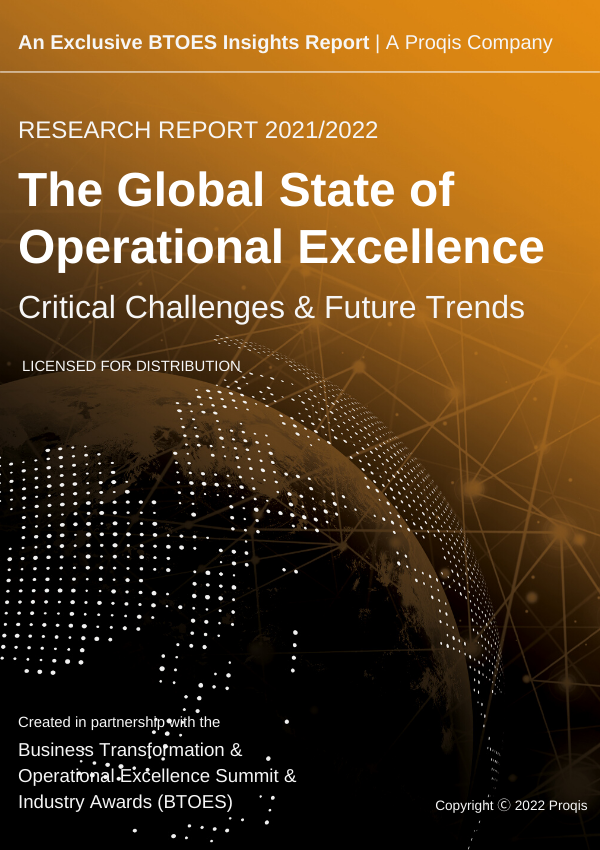

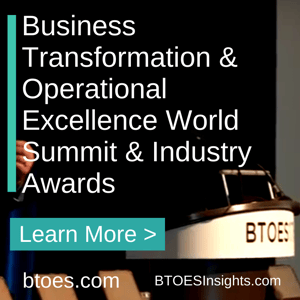

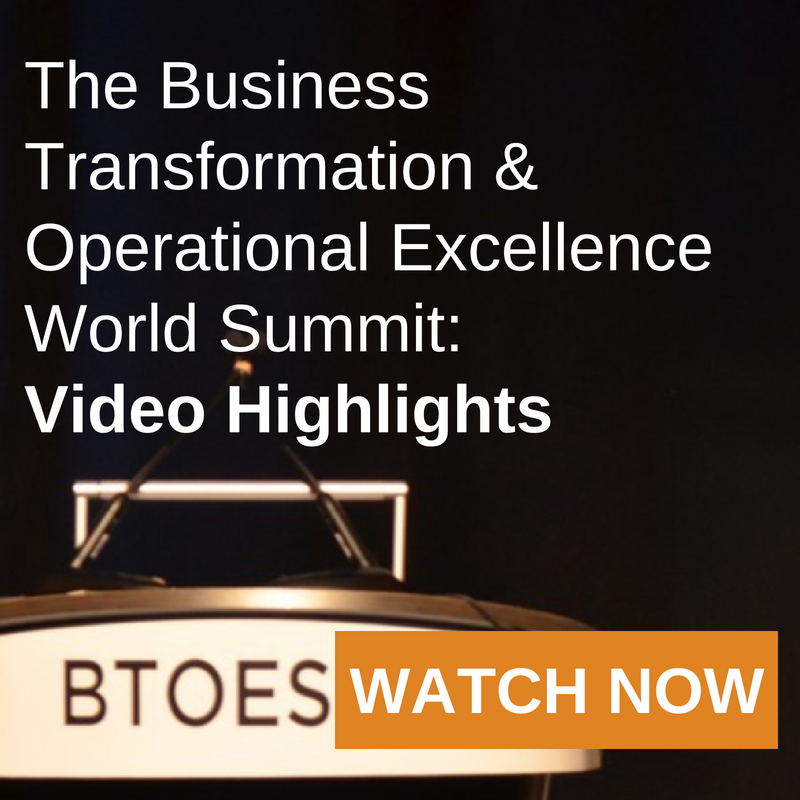


-1.png?width=300&name=ATTENDEE%20-%20Proqis%20Digital%20Event%20Graphics%20(2)-1.png)
-1.png?width=300&name=ATTENDEE%20-%20Proqis%20Digital%20Event%20Graphics%20(1)-1.png)




